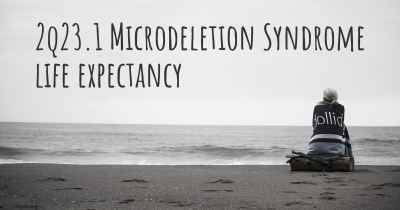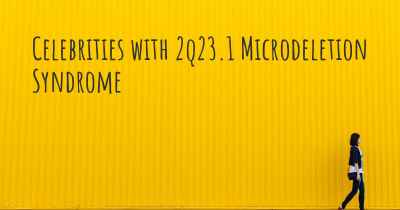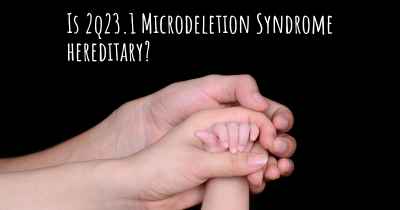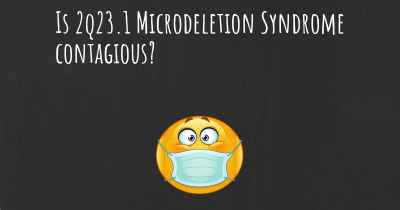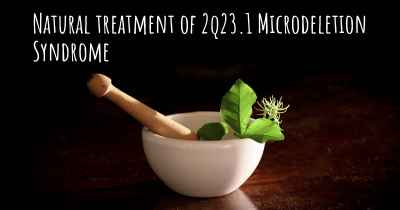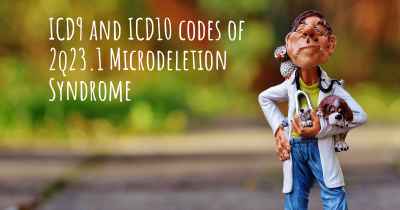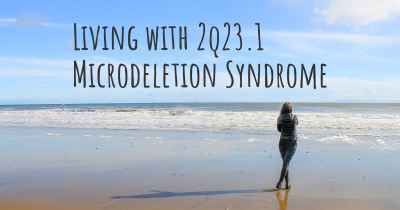What is the history of 2q23.1 Microdeletion Syndrome?
When was 2q23.1 Microdeletion Syndrome discovered? What is the story of this discovery? Was it coincidence or not?
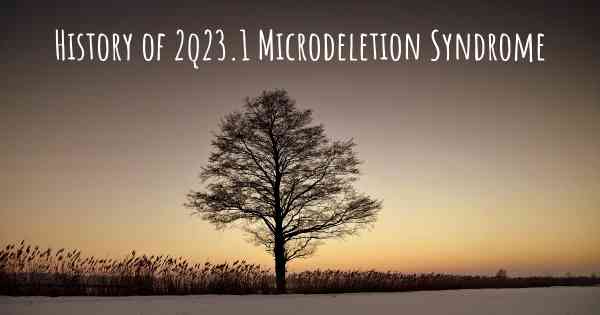
2q23.1 Microdeletion Syndrome: A Rare Genetic Disorder
2q23.1 microdeletion syndrome, also known as del(2)(q23.1), is a rare genetic disorder characterized by the deletion of a small piece of genetic material on the long arm of chromosome 2. This condition was first identified in the medical literature in 2007, and since then, researchers have been working to understand its causes, symptoms, and potential treatments.
Discovery and Identification
The discovery of 2q23.1 microdeletion syndrome can be attributed to advancements in genetic testing technologies. With the advent of microarray analysis, which allows for the detection of small genetic deletions and duplications, researchers were able to identify this specific microdeletion on chromosome 2. The syndrome was initially described in a small number of individuals who exhibited similar clinical features and shared the same chromosomal deletion.
Clinical Features and Symptoms
Individuals with 2q23.1 microdeletion syndrome may present with a wide range of symptoms and physical characteristics. The severity and specific manifestations can vary significantly between affected individuals. Some of the most commonly observed features include:
- Developmental delays: Children with this syndrome may experience delays in reaching developmental milestones such as sitting, crawling, walking, and talking.
- Intellectual disability: Many individuals with 2q23.1 microdeletion syndrome have some degree of intellectual disability, ranging from mild to severe.
- Distinct facial features: Some facial characteristics, such as a prominent forehead, deep-set eyes, a broad nasal bridge, and a thin upper lip, have been reported in individuals with this syndrome.
- Growth abnormalities: Growth retardation, both prenatally and postnatally, is commonly observed in affected individuals.
- Behavioral and psychiatric issues: Individuals with 2q23.1 microdeletion syndrome may exhibit behavioral problems, such as attention deficit hyperactivity disorder (ADHD), autism spectrum disorder (ASD), anxiety, and mood disorders.
- Other physical abnormalities: Additional features can include heart defects, skeletal abnormalities, hearing loss, and genitourinary anomalies.
Genetic Mechanisms
The underlying genetic mechanism of 2q23.1 microdeletion syndrome involves the loss of genetic material from a specific region on chromosome 2. This deletion can occur sporadically, meaning it is not inherited from the parents, or it can be inherited from an affected parent who carries the deletion. The exact genes within the deleted region that contribute to the syndrome's features are still being investigated.
Diagnosis and Management
Diagnosing 2q23.1 microdeletion syndrome typically involves genetic testing, such as chromosomal microarray analysis or fluorescence in situ hybridization (FISH), to detect the specific deletion on chromosome 2. As the syndrome is rare and its symptoms can overlap with other genetic disorders, a thorough clinical evaluation is crucial for an accurate diagnosis.
Management of 2q23.1 microdeletion syndrome focuses on addressing the individual's specific needs and symptoms. Early intervention programs, including physical therapy, speech therapy, and educational support, can help optimize developmental outcomes. Additionally, regular medical follow-ups are essential to monitor and manage any associated health issues.
Research and Future Directions
Due to the rarity of 2q23.1 microdeletion syndrome, research on this condition is still limited. However, ongoing studies aim to further understand the genetic basis, clinical spectrum, and long-term outcomes of affected individuals. This knowledge will contribute to improved diagnostic techniques, potential targeted therapies, and better support for individuals and families affected by this rare genetic disorder.
